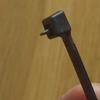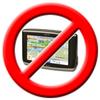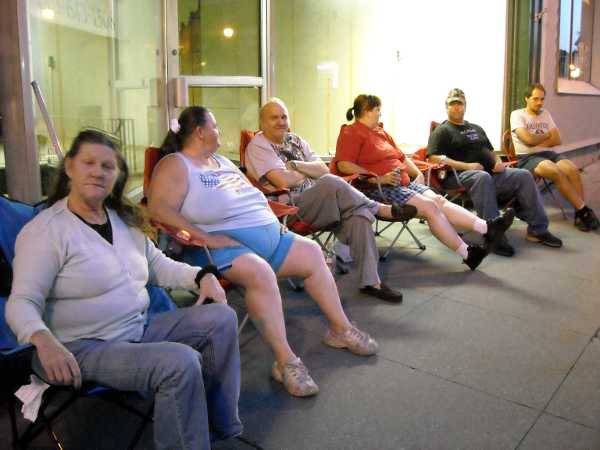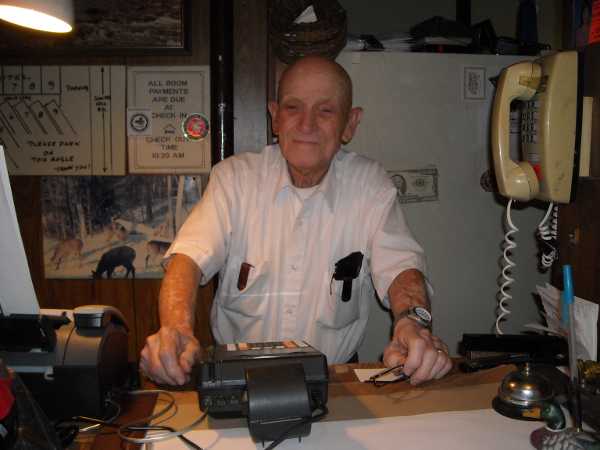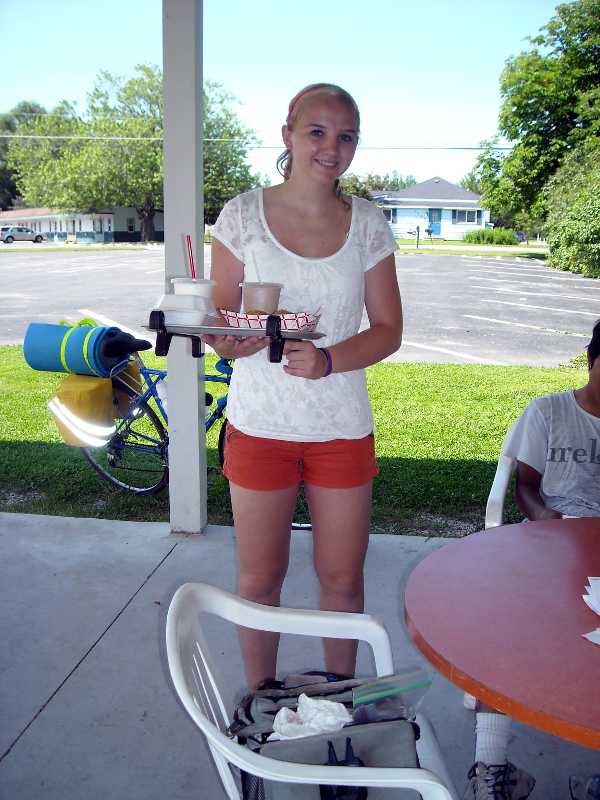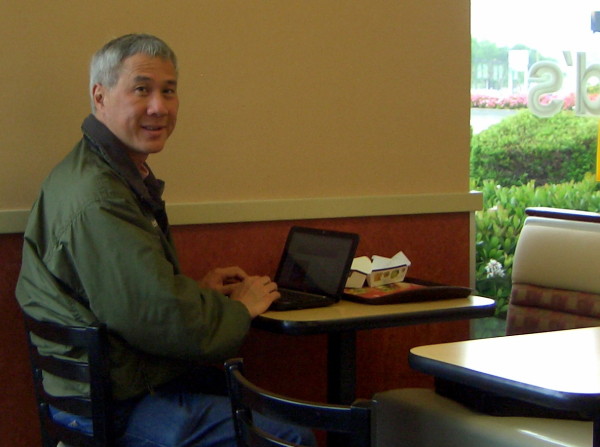
How I plan to post updates
The last time I did a self-supported bike tour was 1988. On that trip, sending pictures meant mailing rolls of film back. Calling meant finding a pay phone, and paying an hour’s worth of minimum wage for 10 minutes. Way too expensive, except for a weekly check-in call to my sweetheart Merrianne (now my wife). Journaling meant writing by hand in a physical book. And writing meant filling out postcards. Technology has certainly advanced, making it possible for someone to give a frequent and very timely update to an unlimited number of people. Aka, a blog.
I still plan to do some postcards, and keep a physical journal. But to do the blog, I’m going to need some extra equipment. I think it will be worth it, and hope you will agree. We’ll see.

My digital camera
My camera is an older, inexpensive digital point-and-shoot The high-end cameras have big lenses, and are too heavy and bulky. The small and very slim new cameras actually take more space, because each of those needs its own custom charger. My camera uses ordinary AA batteries, the same as some of our other equipment. So if the batteries go dead, I can borrow a couple from the LED flashlight.

Built-in flash reader
The camera also uses a plain SD flash card, which conveniently fits into the built-in reader in our HP netbook.
Yes, we’re bringing a computer. If this were a car trip, I could bring a regular laptop with all kinds of accessories, but bike touring demands scrutiny of every ounce of cargo. Elliot’s netbook is optimal, providing a flash card slot, large storage, a full keyboard, and built-in Wi-Fi. Ten years ago, my choice might have been a Palm III PDA, with portable keyboard. But technology advances.
 My plan is to upload the day’s pictures to the netbook, and compose blog posts offline using Zoundry Raven. Come to think of it, I might even outline what I want to write on paper first, to conserve battery life. It’s possible that we will go a few days without seeing a power outlet. When we get in range of a Wi-Fi connection, I will send the posts to the website, for all of you to see. If we can’t find a McDonald’s, public library, or a coffee shop, we may have to leech off a private household’s wireless. I’d ask them first, naturally.
My plan is to upload the day’s pictures to the netbook, and compose blog posts offline using Zoundry Raven. Come to think of it, I might even outline what I want to write on paper first, to conserve battery life. It’s possible that we will go a few days without seeing a power outlet. When we get in range of a Wi-Fi connection, I will send the posts to the website, for all of you to see. If we can’t find a McDonald’s, public library, or a coffee shop, we may have to leech off a private household’s wireless. I’d ask them first, naturally.
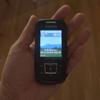 Keeping in Touch
Keeping in Touch
Twenty years ago, we would simply agree on a place to meet if we got separated on tour. Ten years ago, we would use FRS communicators (walkie-talkies). Today, the solution is obvious. Elliot, being a teenager, has a cell. As of this writing (4/13/2010), I do not. Well, not really. I got a TracFone, but haven’t activated it, yet. For $20, I get the phone, and 120 minutes of talk time, good for 90 days. If I need to add more on the road, I will. TracFone time is still expensive (60 minute card for $20), so my calls will be short, and mostly to Elliot when we are separated. Any extended chatting will be on his cell phone.
 The Quest for Power
The Quest for Power
We take electrical power for granted at home, and even on vacation. Motel rooms have outlets. Anyone with a car or motorcycle can plug into the cigarette lighter for power. But what to do on bikes, when we are camping most days?
Right now, I’m thinking that power, not Wi-Fi access, will be our limiting technology factor. Sure, we can connect to the net at McDonald’s, but there won’t be outlets for us to plug into (I already scoped out a few to check). Will a Starbucks, or any coffee shop for that matter, have outlets available? Maybe we can plug in at a public library? I’ve already discarded the idea of bringing a solar panel (too big, hard to use), and attaching a generator to the bike (too much work).


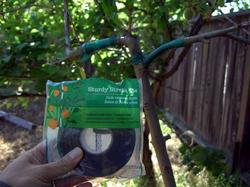
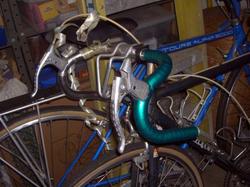
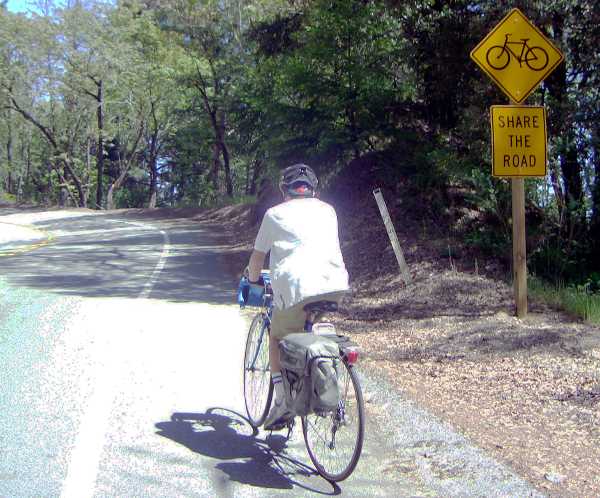 Elliot and I went up the Saratoga side of Highway 9 today. Not too much distance, but I’d estimate that it was the same amount of work that we would typically put in on a touring day. We will see no such hills on our actual trip – at least, I don’t think so. I used to ride this road just about every weekend when I was in my twenties. It’s 7 miles to the top, and an average 6% grade. When I was young, my best time was a little under 40 minutes. We took double that this time. I don’t feel bad about it. Slow and steady.
Elliot and I went up the Saratoga side of Highway 9 today. Not too much distance, but I’d estimate that it was the same amount of work that we would typically put in on a touring day. We will see no such hills on our actual trip – at least, I don’t think so. I used to ride this road just about every weekend when I was in my twenties. It’s 7 miles to the top, and an average 6% grade. When I was young, my best time was a little under 40 minutes. We took double that this time. I don’t feel bad about it. Slow and steady.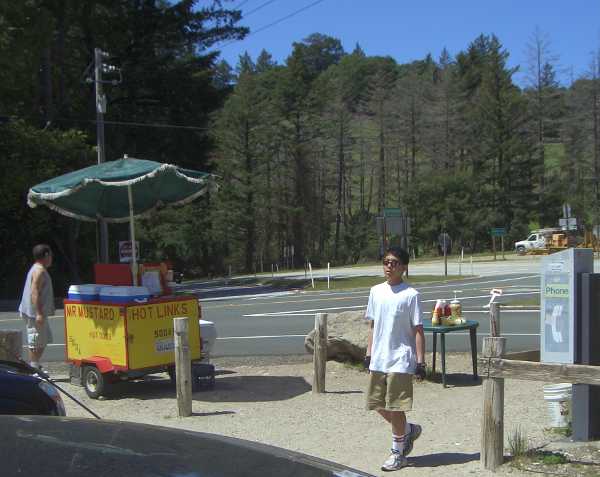
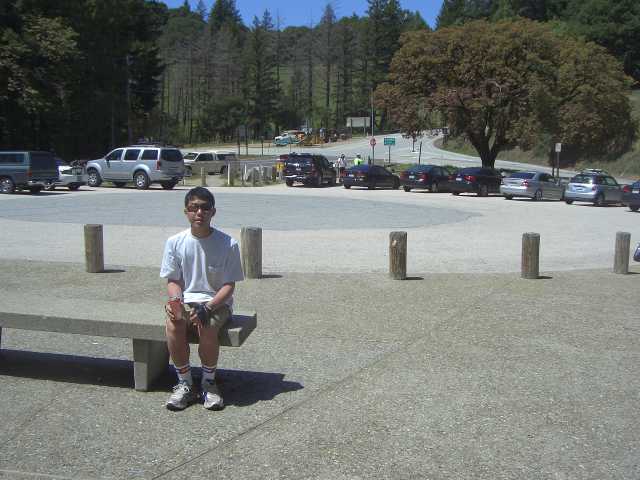


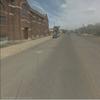
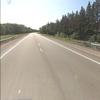
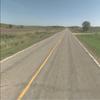

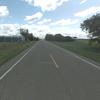
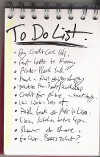
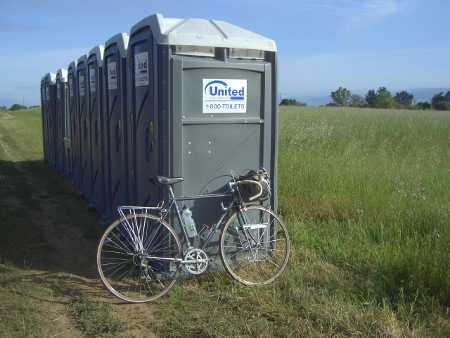
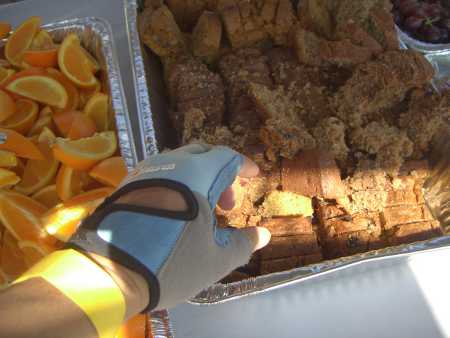







 The Quest for Power
The Quest for Power


